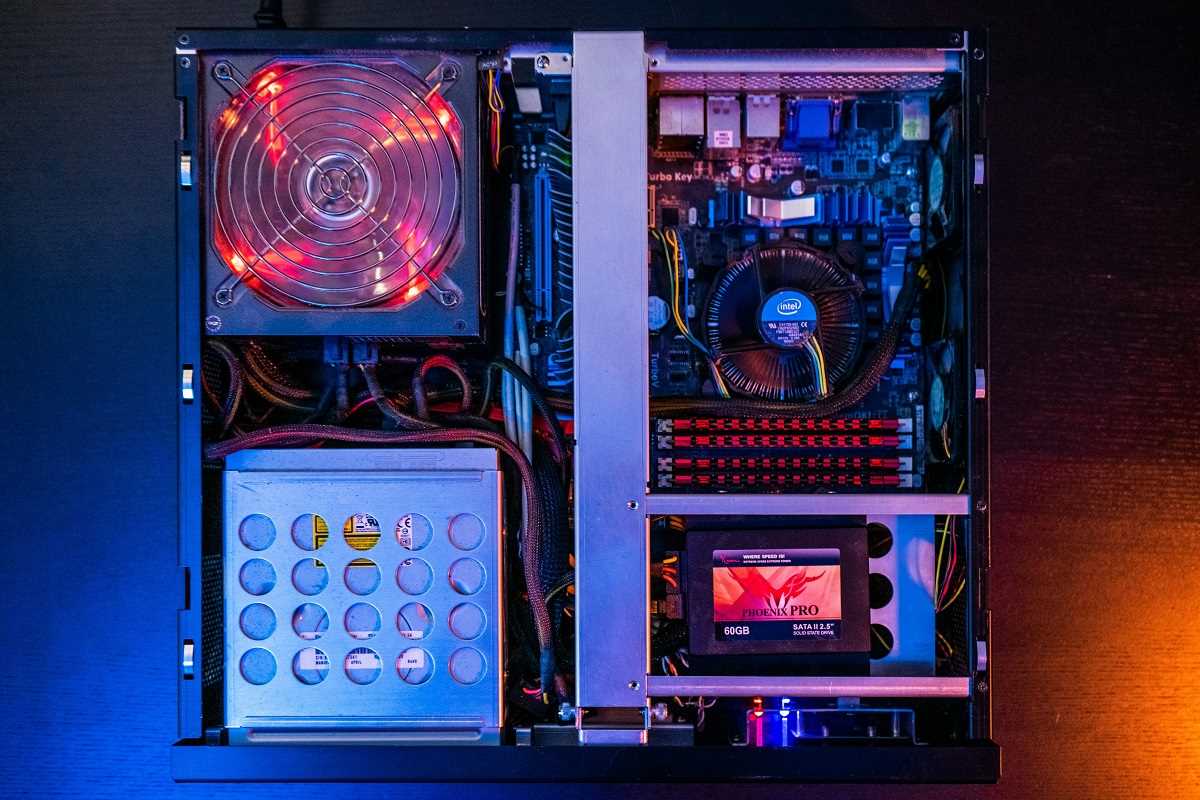Every year, smartphone enthusiasts eagerly await the release of the newest and most advanced models from industry giants like Apple, Samsung, and Google. These premium devices tout cutting-edge technology, dazzling designs, and a plethora of features to justify their steep price tags, frequently crossing the $1,000 mark. But as mid-range and budget smartphones continue to narrow the gap in functionality and performance, a pressing question arises for consumers everywhere: are these smartphones still worth the cost?
To make an informed decision, let's weigh the pros and cons, examine what makes high-end smartphones stand out, and see how they stack up against mid-range alternatives.
What Makes Flagship Smartphones Stand Out?
The most expensive smartphones are the crown jewels of any tech company’s lineup, often designed to showcase the best the brand has to offer. But what sets them apart, and more importantly, is it enough to warrant their high price?
1. Cutting-Edge Technology
Flagship smartphones are almost always the first to feature the latest hardware and software advancements. Think revolutionary screen technology, lightning-fast processors, and upgraded camera systems that redefine mobile photography.
- Displays: Many top-of-the-line sport AMOLED or LTPO screens with high-refresh rates (120Hz or more), delivering vibrant colors and buttery-smooth animations. Mid-range devices often use similar technology, but they don’t always match the brightness or resolution.
- Processors: Chips like Apple’s A-series or Qualcomm’s Snapdragon 8 Gen 2 offer unparalleled power, not just for gaming but also for demanding tasks like video editing or AI applications.
- Features: From under-display fingerprint sensors to advanced AI-driven photography modes, these phones often act as testing grounds for innovative features that trickle down to other devices over time.
As mid-range phones increasingly adopt features once exclusive to the most expensive models (such as 5G connectivity and 90Hz displays), the technological gaps are shrinking.
2. Luxurious Design and Build Quality
Flagship phones often scream premium, with materials like ceramic backs, aluminum frames, or Gorilla Glass Victus. They’re built to feel like luxury items in your hand, often sporting ultra-slim profiles and sleek finishes.
By contrast, mid-range phones may cut costs with plastic shells or simpler designs, though recent models are elevating their aesthetics to levels that rival others.
3. Exceptional Camera Systems
Cameras are a key selling point for smartphones, boasting cutting-edge sensors, computational photography, and advanced zoom capabilities. Phones like the iPhone 15 Pro Max or Samsung Galaxy S23 Ultra offer DSLR-like performance with features like cinematic video modes or 200 MP sensors.
But for the average user, the gap between top-of-the-line and mid-range cameras may not be as noticeable. Many mid-range phones now deliver impressive results in good lighting, enough to satisfy casual photographers and Instagram enthusiasts.
4. Longevity and Software Support
Flagships are designed to last. With more durable components and extended software support, they can keep up with new apps and updates for years. Apple, for instance, supports iPhones for about 5-6 years, and Google’s Pixel line guarantees several years of updates.
That said, mid-range and even some budget phones are catching up. Brands like Samsung and OnePlus now offer 3+ years of software updates even for mid-tier devices, ensuring they stay relevant longer than before.
Flagships vs. Mid-Range Smartphones: Is the Difference Worth the Cost?
If smartphones are the best of the best, mid-range phones are their pragmatic cousins, offering great value for much less. But as the mid-range market improves, how much are you really gaining by paying that flagship premium?
1. Performance Comparison
Flagship processors are undoubtedly faster and better optimized. But how useful is all that power for a typical user?
- Flagship Users: If you’re a heavy gamer, a content creator editing videos on your phone, or someone who relies on top-tier app performance, the advanced processors will offer noticeable benefits.
- Everyone Else: For daily tasks like streaming, texting, and browsing, mid-range processors like the Snapdragon 7 series perform admirably. Unless you’re pushing your device to its limits, the real-world difference may feel negligible.
2. Price-to-Performance Ratio
Mid-range phones excel at giving you 80% of the same features for a fraction of the price. Devices like the Google Pixel 7a or Samsung Galaxy A54 pack excellent cameras, solid displays, and smooth performance for around $500.
Meanwhile, you’re paying steep premiums for incremental improvements. For example, upgrading to a flagship might cost an extra $500-$700, but the upgrades (such as slightly better zoom or a faster processor) may only be noticeable to enthusiasts. This raises the question of diminishing returns for average users.
3. Build and Aesthetics
Flagship phones undeniably feel more luxurious. Holding an iPhone Pro or a Galaxy Ultra feels different from a plastic-clad budget phone. But mid-range designs are starting to close the gap, with brands like Nothing and OnePlus adding premium materials and creative aesthetics to their affordable lines.
Hidden Costs of Flagship Phones
Beyond their sky-high upfront prices, flagships can carry hidden expenses that consumers often overlook.
1. Expensive Repairs
Modern smartphones boasting edge-to-edge displays and advanced materials often come with sky-high repair costs. A screen replacement for a flagship like the iPhone 15 Pro Max can cost upwards of $300-$400 out of warranty. Mid-range devices, on the other hand, are often cheaper to repair.
2. Accessory Upgrades
Many flagship buyers feel obligated to splurge on premium accessories like MagSafe wallets, official cases, or high-wattage fast chargers to match their investment. These additional costs can easily add $100-$200 to the total expense.
The Case for a Top-of-the-Line Model
Despite the steep costs, there are situations where a flagship smartphone is undeniably worth it.
- Cutting-Edge Innovation: If you crave the latest tech before anyone else and enjoy being on the forefront of innovation, flagships are the way to go.
- Professional Use: Content creators, mobile gamers, and professionals who rely heavily on their devices may justify the higher cost for the enhanced performance and features.
- Brand Loyalty: For fans of premium brands like Apple or Samsung, there’s undeniable prestige attached to owning the newest flagship model.
The Case for a Budget-Friendly Model
For most consumers, today’s mid-range smartphones are capable of meeting everyday needs without breaking the bank.
- Budget-Friendly Tech: If affordability is a priority, mid-range phones are unbeatable when it comes to value for money.
- Minimalist Features: If you don’t need high-end cameras, ultra-fast processors, or resource-heavy apps, mid-range devices perform more than adequately.
- Long-Term Impact: With the gap narrowing between mid-range and higher priced devices, saving upfront allows you to upgrade more frequently without guilt.
Are flagship smartphones worth the price tag? The answer depends on your priorities. If you crave the absolute best and don’t mind paying a premium for luxury, cutting-edge tech, and longevity, they could be a worthwhile investment. But for most casual users, mid-range smartphones offer incredible value, providing nearly all the same functionality at a fraction of the cost.


.jpg)




